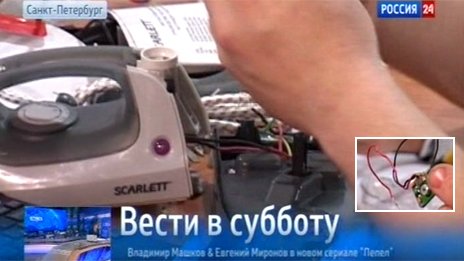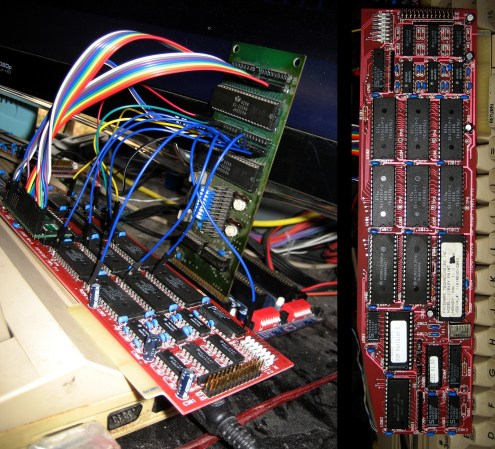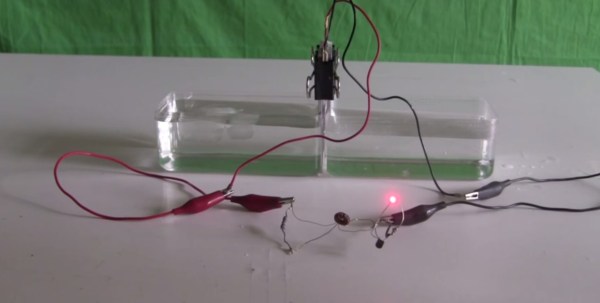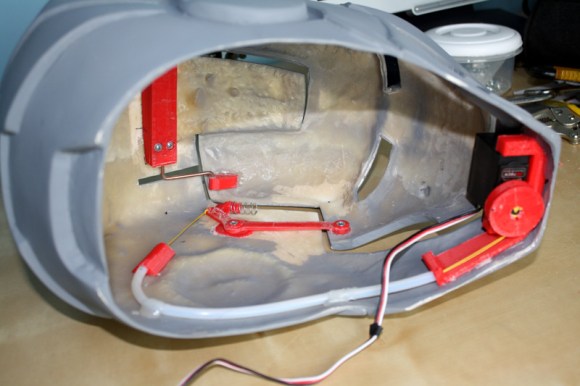
A story surfaced a few days before Halloween on Russian news site Rosbalt (yep, that’s in Russian), claiming Russian authorities intercepted Chinese-made electric irons and kettles: each equipped with microphones and WiFi. You can read a summary in English on the BBC’s website. The “threat” imposed by these “spy appliances” is likely the result of gross exaggeration if not downright fear mongering against Chinese-made products. It’s not worth our (or your) effort to speculate on what’s really happening here, but the situation does present a fun exercise.
Say you wanted to spice up your pen testing by altering a small home appliance: how easily could you build it? Let us know in the comments which appliance would serve as the best “host” for the modifications and what features you would include. Could you manage all the components listed in the article–a microphone, WiFi (any chance of cracking unsecured networks?), plus some vague indication that it “spreads viruses?” There’s a video below with a few glimpses of the electronics in question, but unless you speak Russian it probably won’t offer much insight.
Continue reading “Ask Hackaday: Can You Hack An Appliance Into A Spy Device?”
















